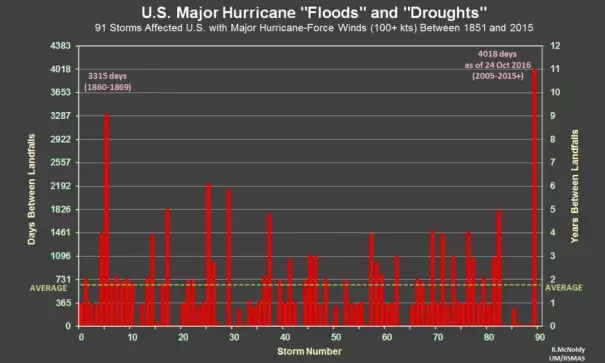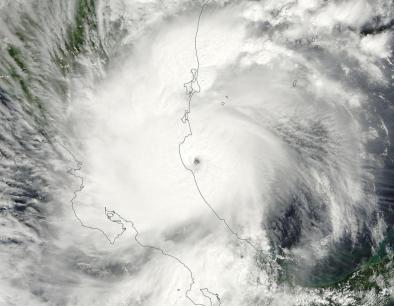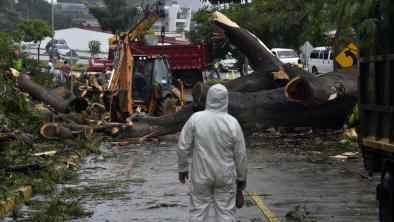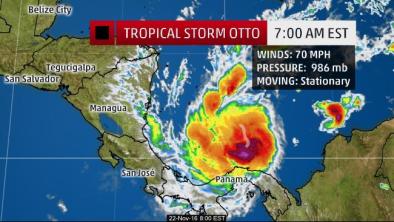Why the ‘major-hurricane drought’ is the most overblown statistic in meteorology

A Category 3 or stronger hurricane, defined as a “major” hurricane, has not made landfall on the U.S. coastline in exactly 11 years. By far, this 11-year stretch is the longest period on record without a major hurricane strike.
The last major hurricane to come ashore was Wilma along Florida’s southwest coast on Oct. 24, 2005.
So, yes, by strict definition, the nation is experiencing a record-breaking “major-hurricane drought.”
But the criteria for what makes a major hurricane is impossibly restrictive. It is tied to a single hazard, wind, and ignores impacts from water, which causes the lion’s share of fatalities and damage in most hurricanes.
While big wind speeds capture people’s attention and sound scary, precious few people, if any, ever experience a storm’s peak winds. Such high winds are typically confined to a tiny area near the hurricane’s eye.
But tens of thousands of people must contend with a hurricane’s water, whether it’s freshwater flooding from heavy rainfall or coastal flooding from storm surge, the rise in ocean water as the hurricane comes ashore.
Because the definition of a major hurricane ignores the effects of water, it omits some of the most consequential storms in modern history, which have occurred during the so-called drought.
...
Consider, in the 11 years since Wilma, two of the three most costly storms in U.S. history occurred: Sandy in 2012, and Hurricane Ike in 2008 — neither of which was classified as “major.”
The damage from Sandy was estimated to be about $75 billion, making the storm the second most expensive in U.S. history (only Katrina carried a higher price tag). Ike, which slammed northeast Texas, caused $37.5 billion in damage, ranking it as the third-costliest storm.
Ike was a Category 2 hurricane at landfall, while Sandy wasn’t even technically classified as a hurricane (because it had acquired some characteristics of nontropical storms).
Both of these storms produced devastating storm surges that inundated the coast. Yet we tell people that Ike and Sandy were not “major” storms.
Ike and Sandy demonstrated the devastating consequences of water, and so, too, have other hurricanes since. For example, rain indirectly associated with Hurricane Joaquin in 2015, which never even made landfall in the United States, claimed 12 leaves in South Carolina and caused about $12 billion in damage. That’s an amount comparable to Hurricane Hugo, which, of course, was considered a major hurricane since it happened to have 135-mph winds (earning it a Category 4 rating).
Just last month, the rain from Hurricane Matthew flooded around 100,000 structures in North Carolina, and damage is expected to be in the billions of dollars. This storm was “just” a Category 1 at landfall and thus not a major storm.
The major-hurricane metric both leaves out significant storms because of its narrow definition and is misleading as an overall indicator of storm activity.
Climate-change doubters point to the lack of major-hurricane landfalls as evidence that global warming is not affecting the storms. But, in reality, nine of the last 11 Atlantic hurricane seasons have produced more storms than normal. It’s just that those with the strongest winds have remained over the ocean — something researchers have ascribed to dumb luck.
The major-hurricane-landfall drought is an interesting statistic, and that’s about it. It is a fine metric to track and report as a curiosity, but it cannot be used to say anything useful about how hurricanes are affecting society or how their behavior may or may not be changing over time.
Related Content






